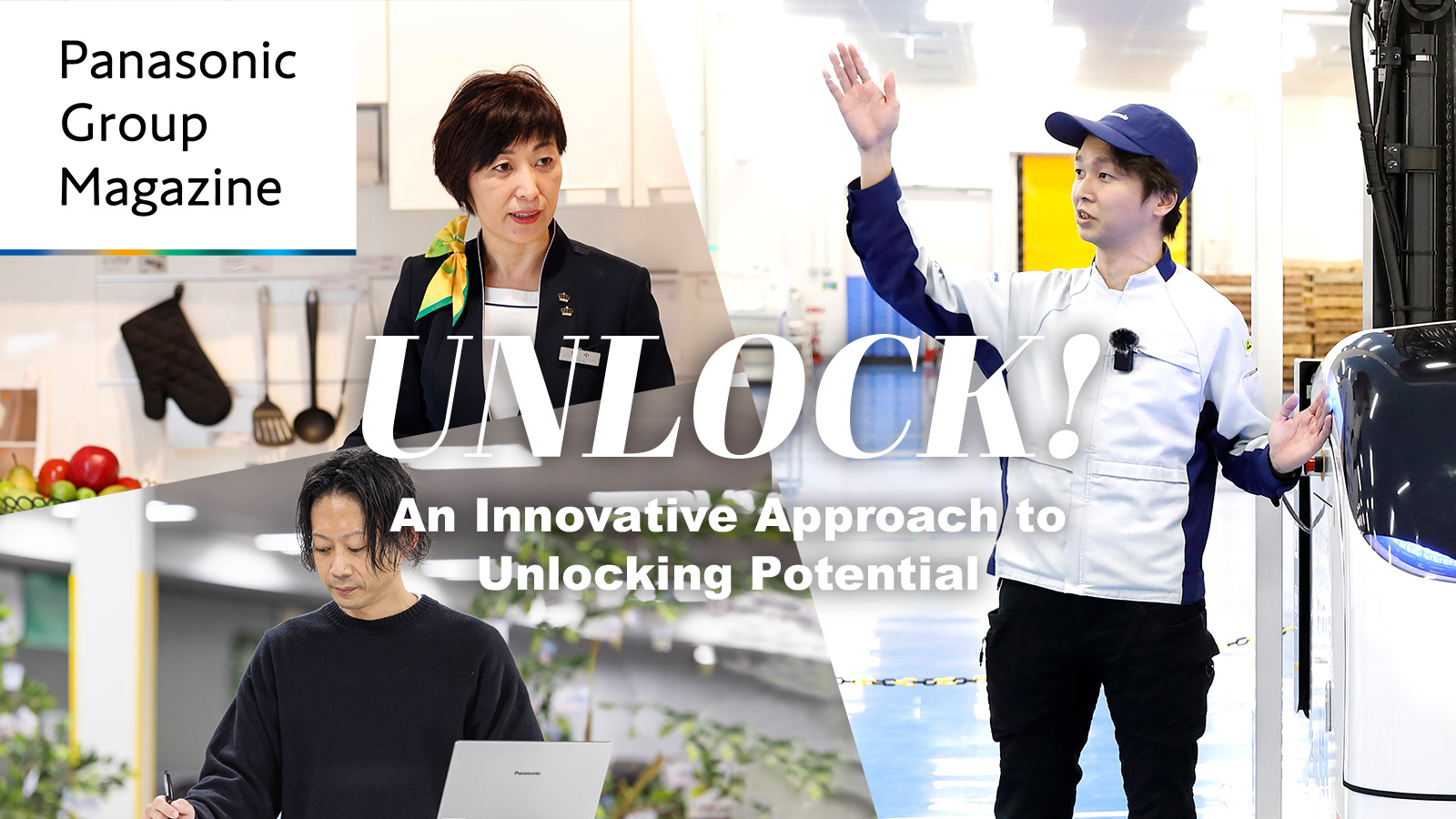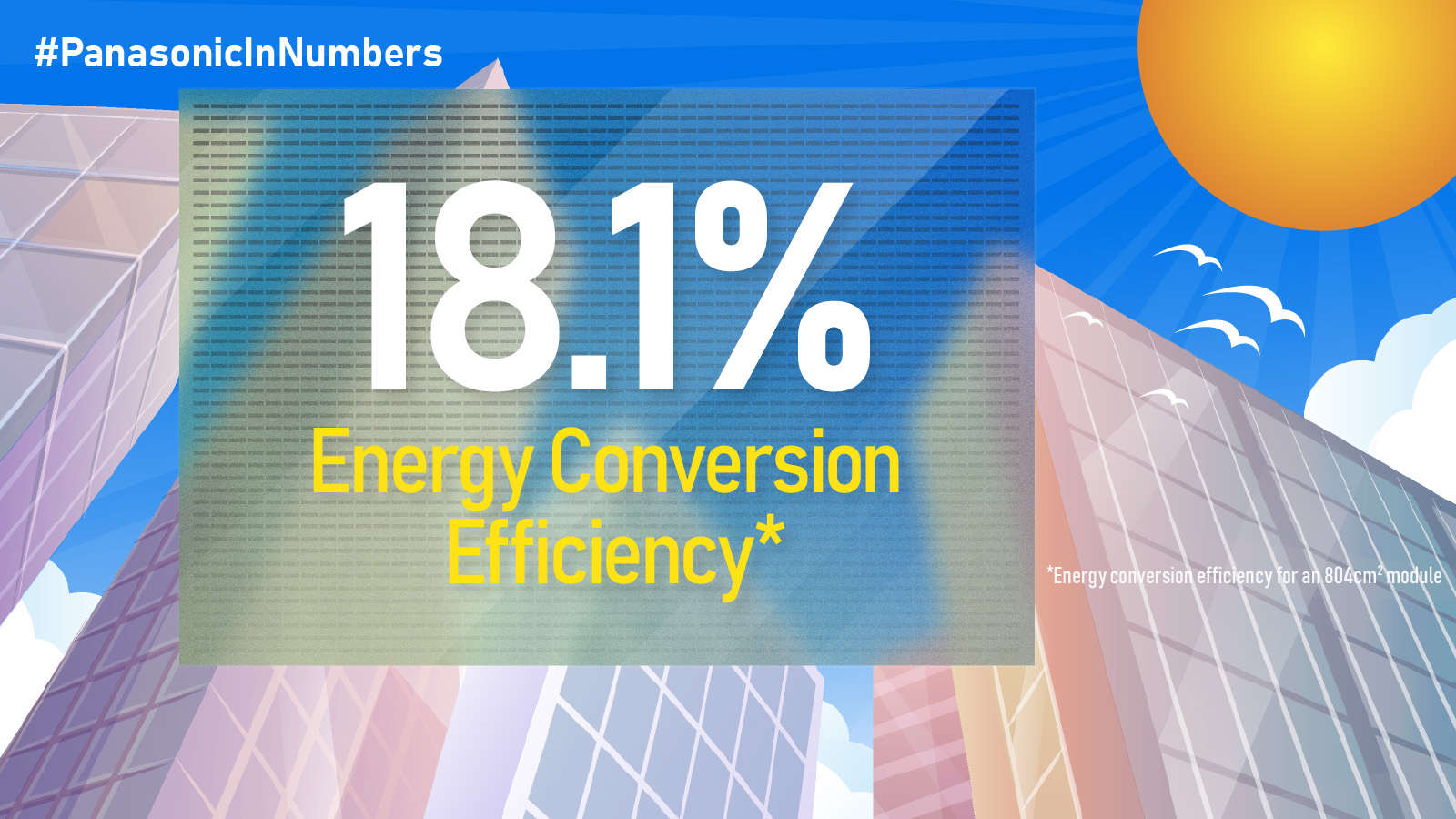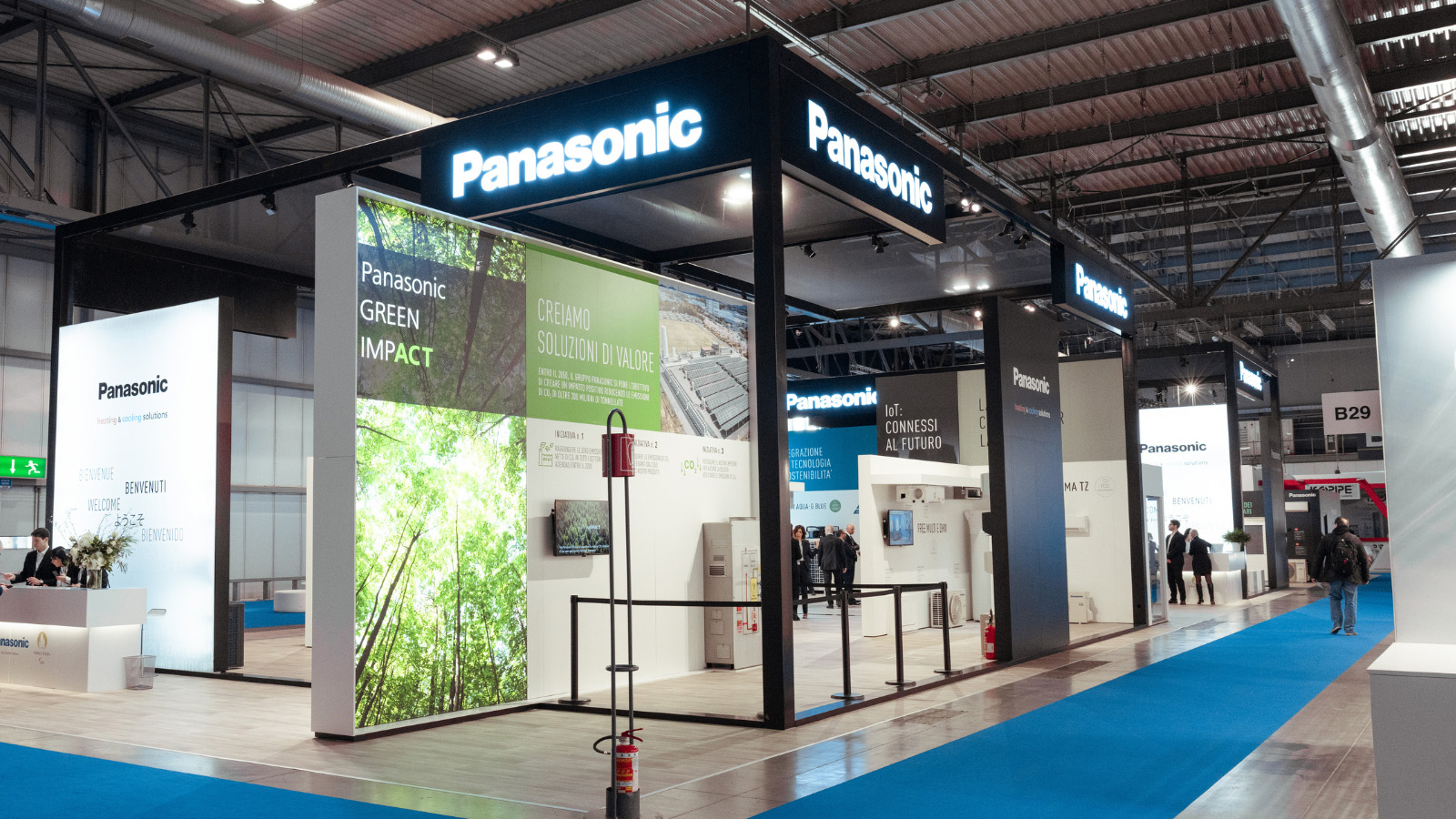Oct 09, 2008
Press Release
Panasonic and Renesas Technology to Collaborate on Development of SoCs at 32-nm Process Node
TOKYO, October 9, 2008 - Building on their successful partnership on the joint process technology development since 1998, Panasonic Corporation and Renesas Technology Corp. are now collaborating on the development of elemental process technologies for SoCs of the next-generation 32-nm node. The two companies are confident that their 32-nm node transistor technology and other advances can soon be applied to products in mass production.
It is anticipated that SoCs at the 32-nm node will deliver lower cost and improved performance enabled by miniaturization of their design rules, yet there are many technical issues that need to be solved. In particular, it is necessary to introduce new materials and develop new technologies to break through barriers to further integration, such as transistor gate leakage and inconsistent electrical characteristic problems, which are often found in existing technologies. Introducing new materials is technically difficult; however, the technology challenges in achieving acceptable transistor performance at the 32-nm node are more formidable than they were at previous-generation process nodes.
To meet these challenges, the new 32-nm SoC process employs a newly developed transistor technology with a metal/high-k1 gate stack structure and interconnect technology, using a new ultra-low-k2 material. To achieve a device using complementary metal-insulator semiconductor (CMIS)3 technology, a type of complementary Metal Oxide Semiconductor (CMOS), at a 32-nm node, an ultrathin film cap layer4 is applied at the atomic level to transistors with a metal/high-k gate stack structure under optimized conditions. This allows development of a conventional transistor configuration, employing an oxidized silicon film as the gate insulation layer. The introduction of the cap layer has been shown to improve transistor reliability in practical use and suppress distribution of electrical characteristics between transistors, thereby enabling the operation of large-scale circuits.
The two partners have been working on the joint development of next-generation SoC technology, even before the establishment of Renesas Technology. Their joint development work has yielded impressive results until now. They developed a 130-nm DRAM composite process in 2001, a 90-nm SoC process in 2002, a 90-nm DRAM composite process in 2004, a 65-nm SoC process in 2005, and a 45-nm SoC process in 2007.
The latest development on the new 32-nm fabrication process will be applied to SoCs for advanced mobile and digital home appliance products.
Building on their accumulated technology expertise and resulted new advances, as well as their successful partnership of many years, Panasonic and Renesas Technology hope to continue efficiently developing the advanced process technology that can be quickly moved to mass production respectively.
Notes:
- Metal/high-k: A type of field effect transistor in which the gate terminals and gate insulator layers have a stacked configuration, and in which the gate terminals are made of metal and the gate insulator layers are made of a high-k material. One commonly used high-k material is hafnium.
- Ultra-low-k: A material with extremely low permittivity, even in comparison with other low-permittivity materials used as wiring insulation.
- CMIS: A type of complementary field effect transistor in which the gate terminals are separated electrically by an insulating film. In a CMOS transistor, the CMIS gate insulator layers are made of oxidized silicon.
- Ultrathin film cap layer: An ultrathin layer introduced to adjust the threshold value of the transistor. This contributes to improved transistor reliability and helps suppress inconsistent electrical characteristics.
About Panasonic
Panasonic Corporation is a worldwide leader in the development and manufacture of electronic products for a wide range of consumer, business, and industrial needs. Based in Osaka, Japan, the company recorded consolidated net sales of 9.07 trillion yen (US$90.7 billion) for the year ended March 31, 2008.
The company's shares are listed on the Tokyo, Osaka, Nagoya and New York (NYSE Symbol:PC) stock exchanges. For more information on the company and the Panasonic brand, visit the company's website at http://panasonic.net/.
About Renesas Technology Corp.
Renesas Technology Corp. is one of the world's leading semiconductor system solutions providers for mobile, automotive and PC/AV (Audio Visual) markets and the world's No.1 supplier of microcontrollers. It is also a leading provider of LCD Driver ICs, Smart Card microcontrollers, RF-ICs, High Power Amplifiers, Mixed Signal ICs, System-on-Chip (SoC), System-in-Package (SiP) and more. Established in 2003 as a joint venture between Hitachi, Ltd. (TSE:6501, NYSE:HIT) and Mitsubishi Electric Corporation (TSE:6503), Renesas Technology achieved consolidated revenue of 951billion JPY in FY2007 (end of March 2008). Renesas Technology is based in Tokyo, Japan and has a global network of manufacturing, design and sales operations in 17 countries with 26,800 employees worldwide. For further information, please visit http://www.renesas.com
Banner area begins from here.
The content in this website is accurate at the time of publication but may be subject to change without notice.
Please note therefore that these documents may not always contain the most up-to-date information.
Please note that German, French and Chinese versions are machine translations, so the quality and accuracy may vary.






